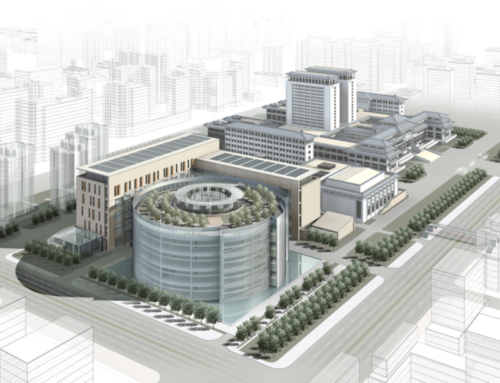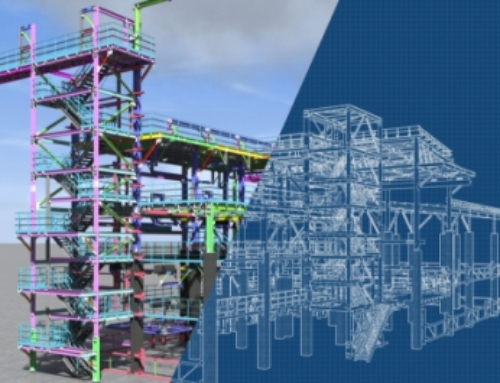Implementing Building Information Modeling, or BIM, into your construction firm’s workflow can improve efficiency, create a safer worksite, and can save you some serious money. Implementing BIM techniques isn’t just a one step process, though, and there are a number of common mistakes that people make when introducing BIM into their workflow. In today’s blog we’ll be going over these mistakes, so that you’ll be better prepared when you decide it’s time to implement BIM in your architecture, engineering, or construction projects. Interested in seeing the results of successful BIM projects? Visit Smarcon’s Projects page.
NOT HAVING THE RIGHT BIM HARDWARE
BIM tools are designed to be used on most computers, so chances are that you won’t need to make any serious purchases to implement BIM. However, the size of your project will have an impact on how much computing power is required to render the models you need. Elements of a computer that can make a difference in the smooth functioning of BIM software include:
- CPU cores and general CPU speed
- Graphics card
- Hard drive type (SSD or HDD) and size
- System memory (RAM) size
The system requirements of each individual BIM software can vary, so be sure to read the user’s manual carefully. BIM programs can be simple and easy to use on most computers like SketchUp, while others such as Autodesk Revit require a more specialized system. Some workstations or specific parts like graphics cards may even be specifically labeled as CAD-compatible, so proper research is crucial to obtaining the best BIM hardware.
NOT INPUTTING FULL INFORMATION
A BIM construction project is at its best when all parties involved are kept up to date, using a shared online workspace. In order for this to be effective, each and every person working on the BIM model must be sure to update the shared model with accurate, up-to-date information. Working with a model where one element is inaccurate or outdated can create compounding errors that can seriously disrupt workflow.
BIM TRAINING ERRORS
Introducing BIM techniques without appropriate training is another common issue. A firm should consider BIM the same as they would any other new tool or technique, because it requires just as much dedicated time to training as other tools. BIM software may seem similar to the software that your team is accustomed to using, but continuing to use old methods and skills may be reducing your overall efficiency. Partnering with a top BIM company like Smarcon, which partners with dedicated Bim coordinators, can allow your project to flow seamlessly with less stress for all involved parties.
BIM OVERMODELING AND EXCESSIVE DETAIL
Some new BIM users make the mistake of being overzealous with their new strategies. Overmodeling may not seem like a serious problem, but adding unnecessary fine details to your model can quickly become a problem for everyone using the shared model. Too-high resolution files, overly complex fixtures, and modeling unnecessary elements like nuts and bolts can significantly increase the time it takes for a model to load and can even cause software to freeze.
LACK OF A STRONG, DETAILED BIM STRATEGY
Possibly the most fatal error that new BIM users face is the lack of a strong, consistent strategy or plan. An effective BIM execution plan, or BxP, can help structure the entire process from start to finish, and will help all involved parties collaborate without confusion. A proper BxM should be fairly simple, and should contain a few key elements:
- BIM Objectives
- Clearly laid out project infrastructure requirements
- Task allocation and structure of authority
- Protocol for collaboration
If you’d like to know more about how to implement BIM into your next construction project, contact Smarcon today.






